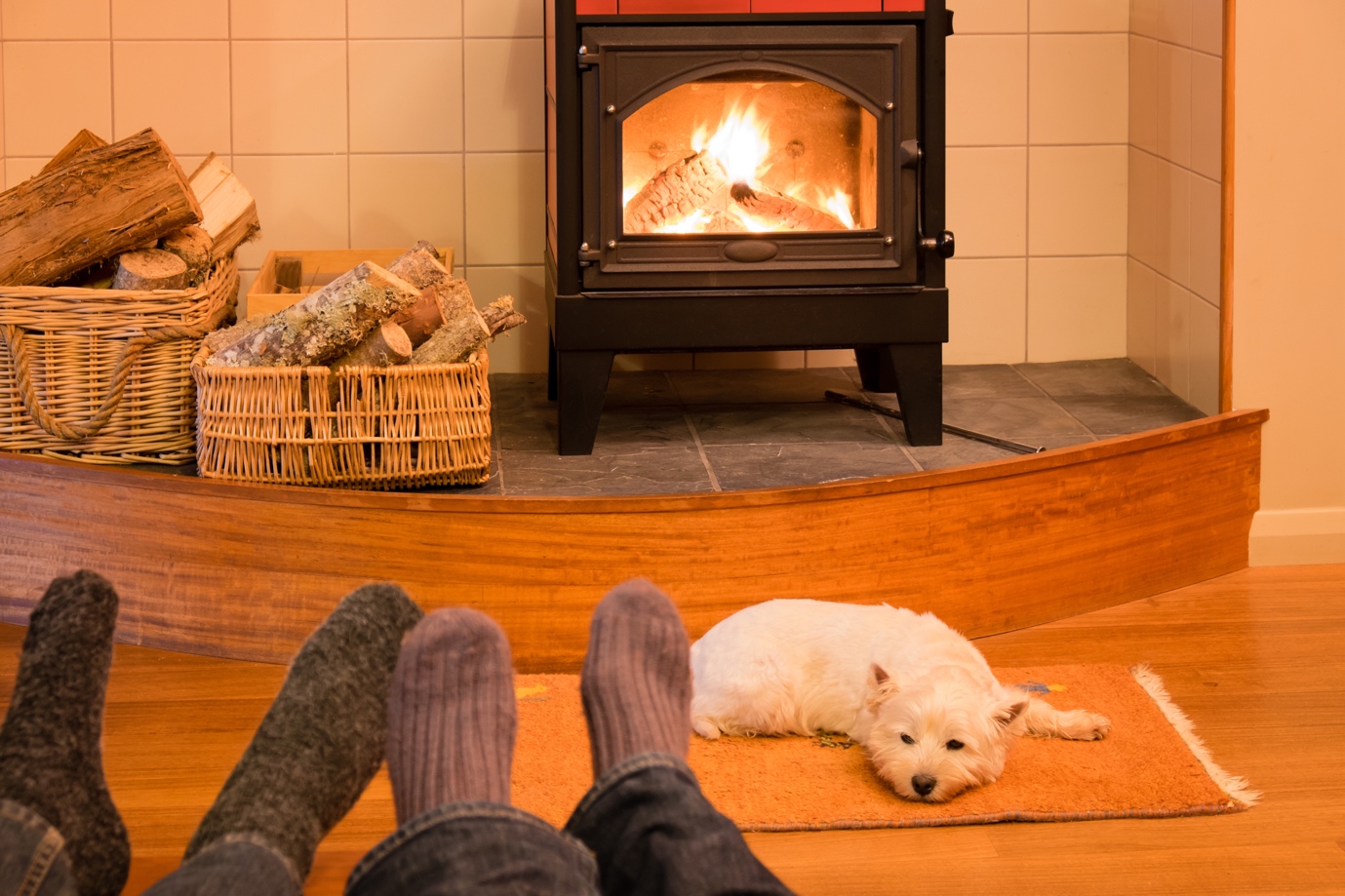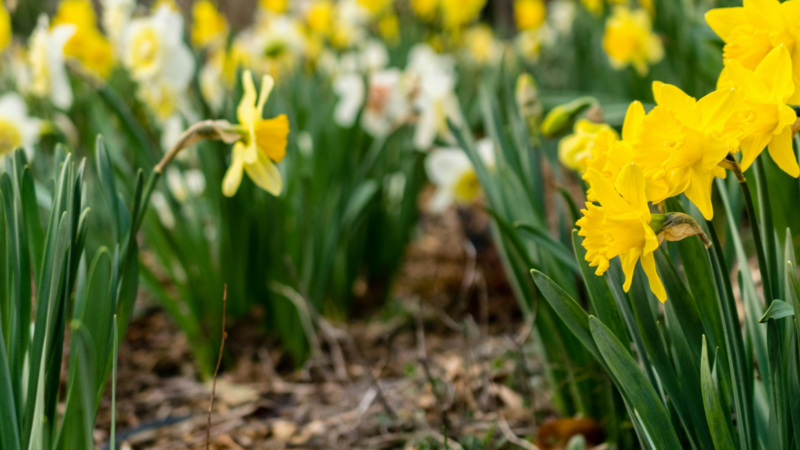The energy-experts guide to having a sustainable Christmas this year

It comes as no surprise that the Christmas period is one of the most expensive times of year – not just for the abundance of presents and gift-giving but for homes in terms of energy-used, transport and commuting costs and food and drinks costs. According to EDF energy, in the UK, we use almost £66 million of electricity on Christmas day alone and in total, amounts to 30% more energy waste than we do on any other day of the year. This year, sustainability and money-saving have become a necessity for many and not a choice. The nation’s leading sustainability and money-saving consultancy platform, SaveMoneyCutCarbon, have outlined the ways in which families can ditch overconsumption and traditional habits and instead invest in an eco-friendly Christmas.
1. The Ledvance Smart+ Plug will be the perfect addition to this year’s Christmas decs. Simply plug the smart plug into the wall socket and control your lighting from anywhere using your mobile or push-button manual control. Or, for tech-savvy people, pair it up with Amazon or Google and you can control it with voice controls. For even more sustainable savings – swap your Christmas lights to LED lights. Upgrading to LEDs could save you money, and will give you an impressive 25,000 hours of festive glow (compared to 1000 hours if you stick with incandescents).
2. Reduce single-use plastic: UK residents send around 114,000 tonnes of plastic packaging to landfills instead of being recycled. Kirsty, the Head of Sustainable Living at SaveMoneyCutCarbon says: “Generally avoid using any virgin paper, especially when it isn’t FSC labelled which isn’t ideal as it means cutting down trees and not replacing them.
There are several wrapping papers on the market that you can’t always recycle for example those printed with a foil or glitter finish and sometimes those coated with a varnish (shiny) finish.
If you want to choose traditional wrapping paper look out for the recycling symbols on the packaging, and if it’s affordable buy sheet wrap that’s not plastic-wrapped. You can use beeswax wraps; you can buy large sheets and rolls you can cut to size. You can use a cotton material tote bag (doubles up as an extra gift) or even a vintage silk scarf. Starter packs can be found on our website here!”
3. Eco-friendly or second-hand Christmas gifts: The WWF estimates that just under half of UK adults get gifts every year that they don’t want and may never use. Try to think of quality over quantity for a sustainable and personal gift. For example, test out your DIY skills and try making a soy wax candle. Traditional candles aren’t good for the planet because they’re made from paraffin wax, a by-product of petroleum. SaveMoneyCutCarbon’s selection of Cosy Aromas and Scents of Humour are hand-poured in the UK, meaning you’re supporting a small local business and not adding to your carbon footprint when buying your loved ones Christmas gifts.
4. Radflek radiator reflector foil sheets are one easiest and most cost-effective ways to save energy in your home. The foil sheets reflect 95% of the wasted heat energy from the rear of your radiators back into your room. Radflek helps to lower your energy bills – you can get and keep your room to the desired temperature quicker by reflecting the heat that’s usually wasted.
5. DIY Christmas Decorations: Serving as a fun activity and a planet-friendly alternative to newly bought decorations – making your own decorations is becoming an increasingly popular festive activity. For example, dried orange slices. Add some colour and scent to your home with this homemade dried orange garland. It would look brilliant trailing along your fireplace, beams or bannister. The best thing about this is that you can reuse the dried oranges each year if you keep them in an airtight container afterwards.
6. Artificial trees are not sustainable: Contrary to popular belief, the fact that they are manufactured in factories, made from plastic and shipped to stores and homes all over the world makes them responsible for around two-thirds of their carbon footprint, according to the Carbon Trust. A 6.5ft artificial Christmas tree has a carbon footprint equivalent to 40kg of greenhouse gas emissions. On the flip side, with 8 million real Christmas trees sold each year in the UK, it seems counter-intuitive to say that real trees are more sustainable than an artificial (thus reusable) tree. However, forestry experts argue that real trees are more beneficial to the economy as they preserve farmland and jobs.
Real trees are grown as a crop with the purpose of being cut down – they are grown on land that is unsuitable for farming other crops. If you were to buy a 6ft real tree, it will have been growing for about 8-10 years. That’s 8-10 years of that tree absorbing carbon from the atmosphere and benefiting wildlife.
Additionally, disposal is much easier and greener than artificial trees, as you can home compost them and use them as fertiliser in your garden throughout the year. If you’ve not got a compost system, most UK local authorities now offer collection services for real trees – they’re collected, shredded, and used on gardens, parks, or even mulch for fertiliser.






